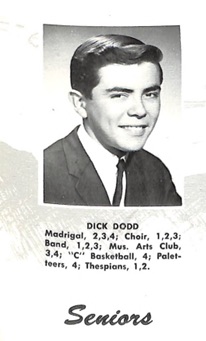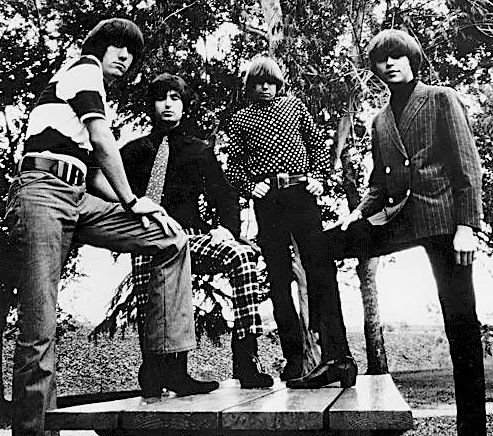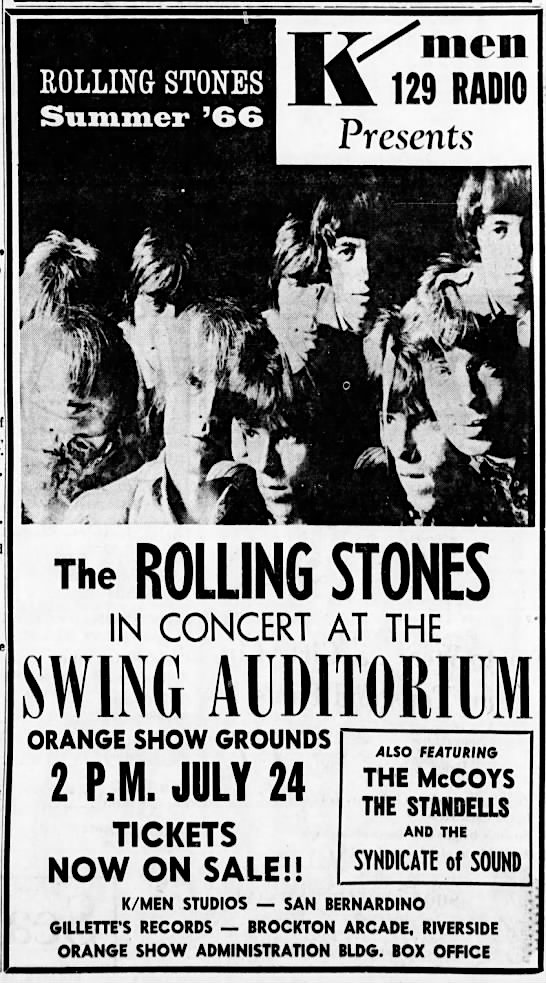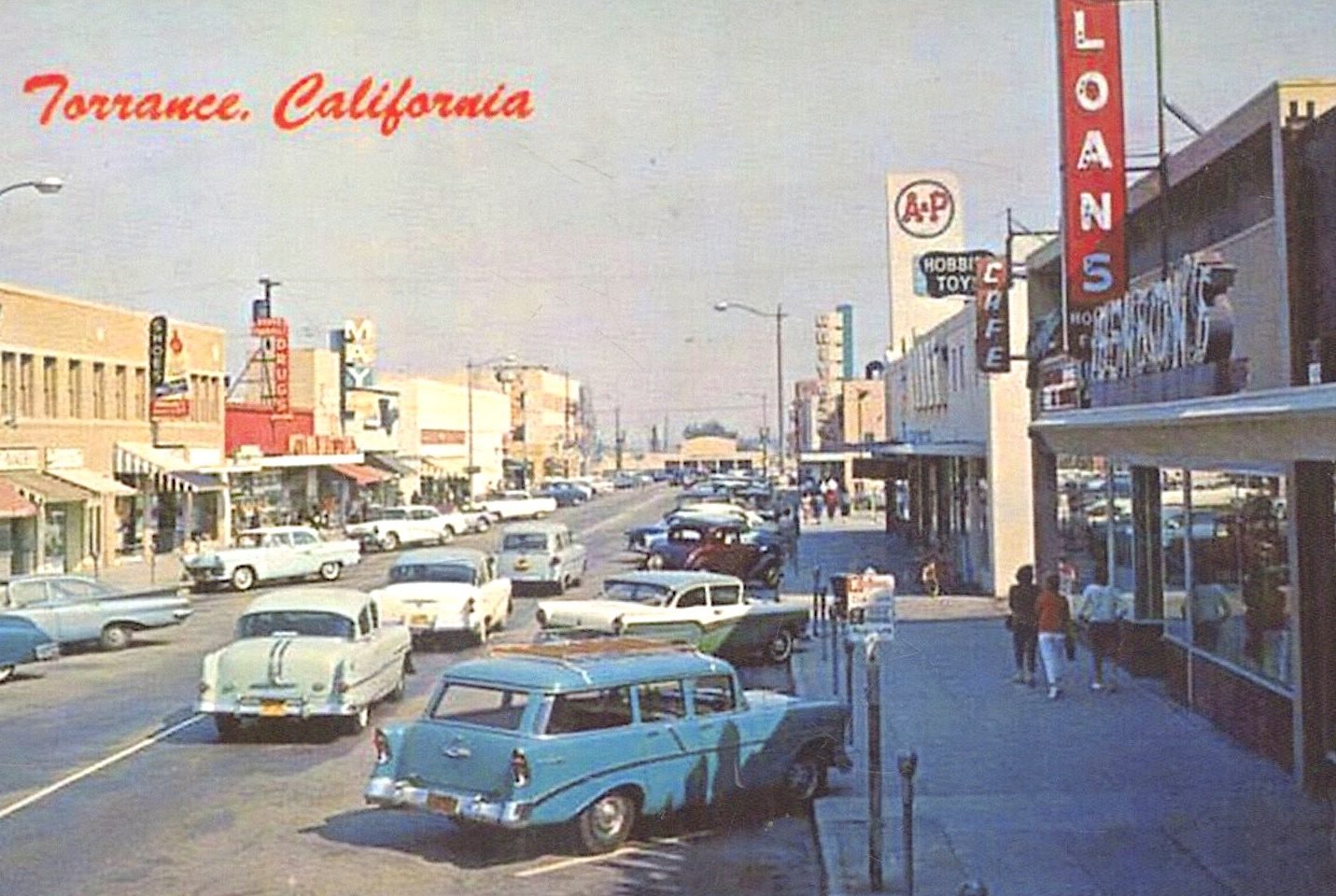
You’d never mistake Dick Dodd for a former member of “The Mickey Mouse Club” after hearing his snarling vocal on the 1966 smash “Dirty Water” by The Standells. Though many child actors who wore the mouse ears did go on to later stardom in one form or another, few had later careers as starkly contrasting as Dodd’s.
Joseph Richard Dodd Jr. was born in Hermosa Beach on Oct. 27, 1945. His father, who served in the U.S. Army, abandoned his mother, Florinda Murillo, and the family a few months after Dodd was born.
Florinda moved the family to Redondo Beach, and supported them by taking a job as a store clerk. Dick’s grandmother looked after him while Florinda worked, and he grew up speaking Spanish as well as English.
He also took dancing lessons in a Redondo studio as a young boy, where a Disney talent scout spotted him and thought he would be worth auditioning as a potential Mouseketeer. After a mass audition with 300 children at the Burbank film studio, he was among those called back for further interviews.

He wasn’t selected as one of the original Mousketeers, but he was hired. Before long, he was pressed into service when Mickey Rooney’s sons Tim and Mickey Jr. left the show during its first season in 1955.
Now nine years old, Dodd appeared in the “MMC” cast in secondary roles for about six months, until early 1956. His character name became “Dickie.” (He was no relation to chief Mouseketeer Jimmie Dodd.)
During downtime on the set, he learned some rudimentary drumming skills from fellow Mouseketeer Cubby O’Brien, who would later become a professional session drummer. Inspired, Dodd bought a snare drum and high-hat cymbals from fellow Mouseketeer Annette Funicello for twenty dollars so he could continue to practice.
After leaving “The Mickey Mouse Club,” he picked up more child acting gigs, including a yearlong stint on “The Gisele McKenzie Show” on NBC at age 11.

He kept up with his drumming after entering Redondo Union High School. He met up with legendary South Bay surf guitarists Paul Johnson and Eddie Bertrand while there, joining their band, the Belairs, after the group released its local hit, “Mr. Moto.”
The Belairs played all over the South Bay, including many gigs at Club Bel Air (later the Revelaire Club) at 312 S. Catalina Ave. in Redondo. When Bertrand left to form his own band, Eddie & the Showmen, Dodd went with him as the group’s original drummer.
During this period, Dodd still took the occasional acting role, including appearing with Ann-Margret in the hit film, “Bye Bye Birdie.”
Dodd hit the jackpot with his next musical gig. After graduating from RUHS in 1963, he kicked around Hollywood for a time. In early 1964, he discovered that a local band, The Standells, needed a drummer quickly to replace the departing Gary Leeds for an upcoming residency at the Santa Monica Blvd. nightclub P.J.s. (Leeds would go on to fame with the Walker Bros.)
The Standells had been formed by Larry Tamblyn (brother of actor Russ Tamblyn) along with Tony Valentino in 1962. Tamblyn had issued solo records before forming the group, which was about to record its first album for Liberty Records.

Dodd turned out to be a good fit. The gig brought the band greater renown, and Dodd ended up singing lead on one song, “Help Yourself,” on the Liberty album, “In Person at P.J.’s.” It became a minor hit, earning the band its first appearance on Dick Clark’s “American Bandstand.”
From there, the Standells became well-known enough to appear on several TV shows, including “Ben Casey,” “The Bing Crosby Show” and, most famously, “The Munsters.” The band also appeared in the teen musical “Get Yourself a College Girl.”

The band’s increasing visibility came to the attention of Capitol Records, who signed the group to its Tower subsidiary in late 1965 on the recommendation of former Four Preps member Ed Cobb, now a producer. Cobb especially wanted the band to record his recently written ode to the city of Boston, “Dirty Water.”
Dodd had become the group’s lead singer by this time, and his brash, over-the-top vocal propelled by the band’s intense backing made “Dirty Water” a sensation. “It was just this raw, unfinished style,” Dodd told The Dallas Morning News about the song in 1998. “We had no idea it would become our sound.”
The record soared to #11 on the Billboard charts in June 1966, leading to a nationwide tour with the red-hot Rolling Stones. The band also made appearances on all the major teen music shows of the day, including “Shindig,” “Shebang,” “Where the Action Is” and many others.

Even with its success, the band still played many local dates, including concerts at the (pre-mall) Bullock’s Fashion Square and at South High in Torrance, and at Dodd’s alma mater Redondo Union High.
The band followed with several lesser hits, including “Sometimes Good Guys Don’t Wear White,” “Why Pick On Me,” and “Try It,” and released three more albums for Tower. Its involvement in the Sunset Strip teen riots exploitation film, “Riot on Sunset Strip,” included the wild title track, one of the band’s best.
Internal tensions eventually fractured the band. Cobb convinced Dodd to leave and go solo, but his “Evolution of Dick Dodd” album on Tower had little commercial success. The band soldiered on for a while longer before breaking up.

Dodd left the music business except for occasional reunion shows. The raucous, powerful sound of the Standells at their peak had influenced a whole generation of punk rockers and garage band revivalists who wanted to see them perform again.
Dodd settled in Fountain Valley in Orange County, where he died at 68 on Nov. 29, 2013, following a bout with cancer. Like those of his mother, Florinda Murillo, who died at 82 in 2006, Dodd’s remains are kept at Pacific Crest Cemetery in Redondo Beach.
Special thanks: Douglas Thompson, Redondo Beach Public Library.

Sources:
Daily Breeze archives.
Dallas Morning News archives.
“Dickie Dodd,” The Original Mickey Mouse Club Show website.
Find a Grave website.
Palos Verdes Peninsula News archives.
Redondo Reflex archives.
San Bernardino Sun archives.
“The Standells,” Garage Hangover website, Sept. 5, 2010.
“The Standells: Banned in the USA!”, by Devorah Ostrov, Tales From a Former Fanzine Journalist blog, Jan. 31, 2017.
Torrance Press Herald archives.
Note: Standells founding member Larry Tamblyn has just released From Squeaky Clean to Dirty Water: My Life With Sixties Garage Rock Trailblazers The Standells (BearManor Media, 2022), which covers the band’s entire history in much greater detail.

